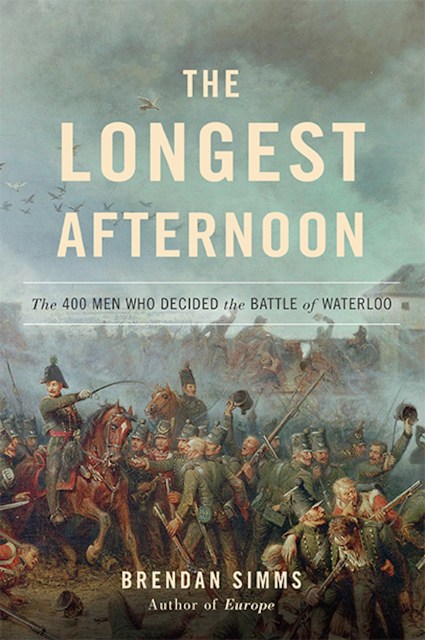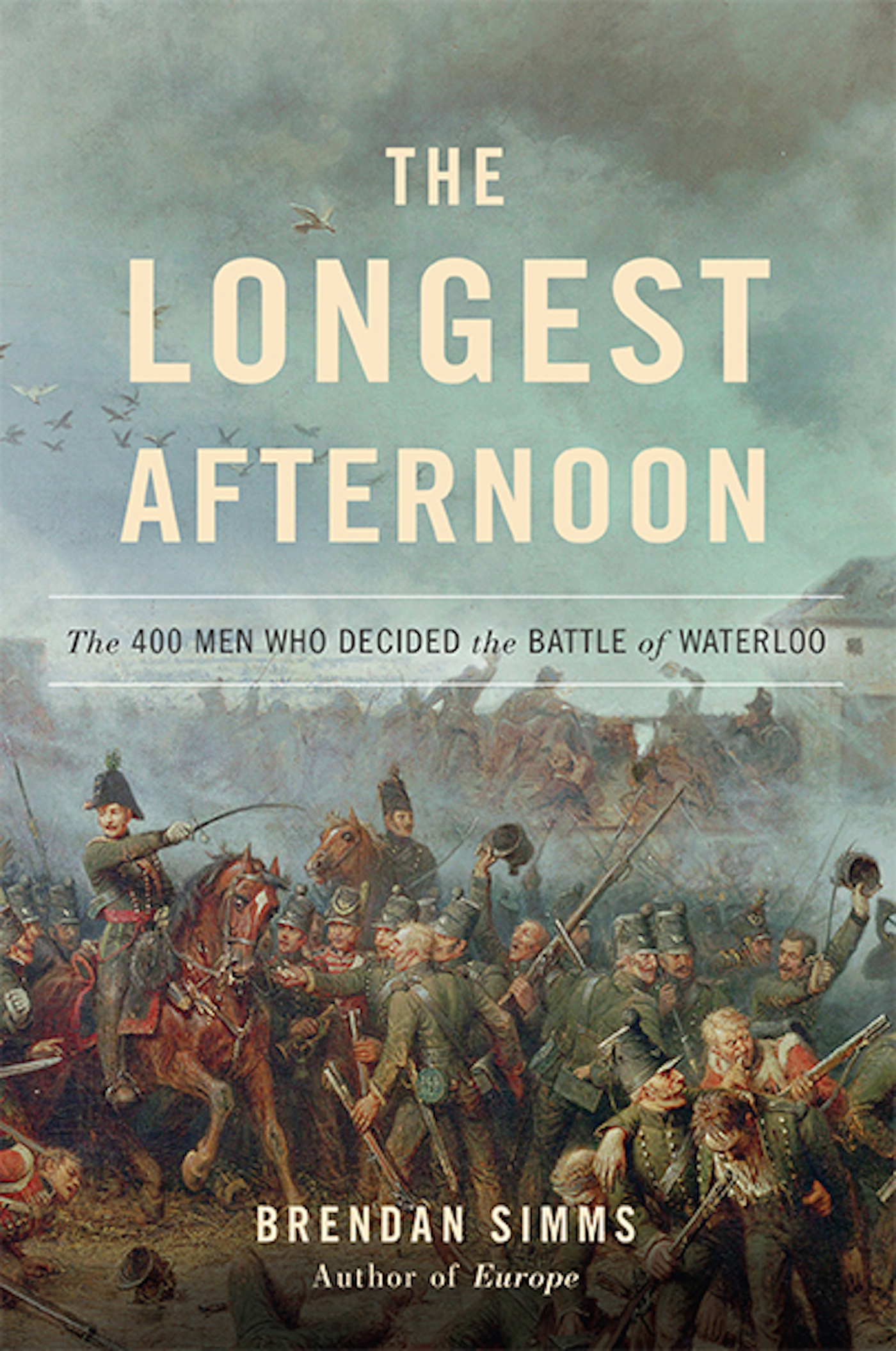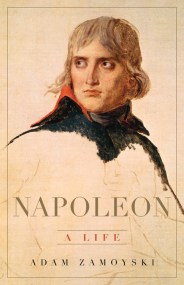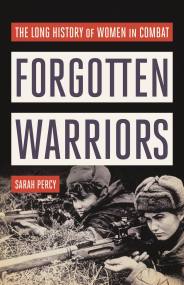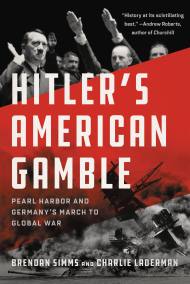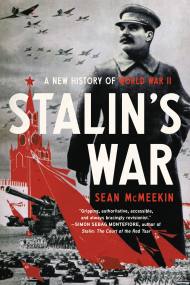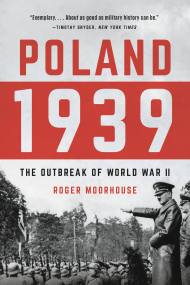Promotion
Use code MOM24 for 20% off site wide + free shipping over $45
The Longest Afternoon
The 400 Men Who Decided the Battle of Waterloo
Contributors
Formats and Prices
Price
$15.99Format
Format:
- ebook $15.99
- Hardcover $32.00
This item is a preorder. Your payment method will be charged immediately, and the product is expected to ship on or around February 10, 2015. This date is subject to change due to shipping delays beyond our control.
Also available from:
In 1815, the deposed emperor Napoleon returned to France and threatened the already devastated and exhausted continent with yet another war. Near the small Belgian municipality of Waterloo, two large, hastily mobilized armies faced each other to decide the future of Europe-Napoleon’s forces on one side, and the Duke of Wellington on the other.
With so much at stake, neither commander could have predicted that the battle would be decided by the Second Light Battalion, King’s German Legion, which was given the deceptively simple task of defending the Haye Sainte farmhouse, a crucial crossroads on the way to Brussels. In The Longest Afternoon, Brendan Simms captures the chaos of Waterloo in a minute-by-minute account that reveals how these 400-odd riflemen successfully beat back wave after wave of French infantry. The battalion suffered terrible casualties, but their fighting spirit and refusal to retreat ultimately decided the most influential battle in European history.
Genre:
- On Sale
- Feb 10, 2015
- Page Count
- 192 pages
- Publisher
- Basic Books
- ISBN-13
- 9780465039944
Newsletter Signup
By clicking ‘Sign Up,’ I acknowledge that I have read and agree to Hachette Book Group’s Privacy Policy and Terms of Use
